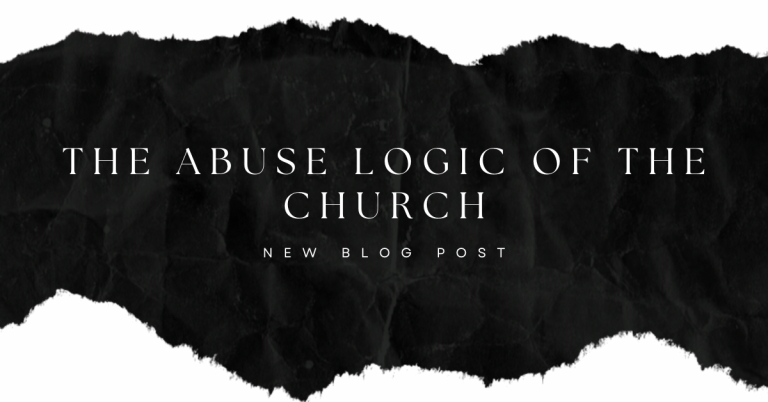In my second year of seminary, I attended a daylong training on pastoral care for intimate partner violence. The facilitator said something that has stuck with me for the past 20 years: “Women who go to their pastors for help with domestic violence are more likely to stay in abusive marriages. And the abuse does not stop.”
Until the 1990s, when the domestic violence awareness movement began to reach the church, Christian responses to survivors of intimate partner violence often focused upon pressuring them to forgive and to assume responsibility for changing their partner’s behavior. They used Christian teachings about suffering and the sanctity of the marital covenant to encourage women to stay with abusive partners. In traditional Christian thinking, divorce is worse than abuse.
The same could be said for how many pastors and Christian leaders think about church membership.
This week, I saw a blog post by Thom Rainer circulating on social media called “Don’t Divorce Christ.” Rainer, the former president and CEO of LifeWay Christian Resources, rebuts what he sees as common reasons that Christians give for not attending church. His rebuttal is largely based upon a traditionalist worldview that elevates allegiance and submission to institutions over the needs of individuals. Indeed, Rainer emphasizes that the church is not about meeting our needs, something I find a bit odd since much of Jesus’s ministry was about meeting people’s needs. Nowhere in Matthew 25 does it say that the designation of sheep and goats will be based upon how many times we signed the pew registration pad.
The way that Rainer addresses critiques of the church is pretty similar to how many pastors used to (and still do) tend to victims of domestic violence: dismissal, silencing, and belittling. His post echoed so many Christian leaders and laypeople who admonish people to remain invested in congregational life even when doing so causes them harm. Divorce, apparently, is worse than abuse.
Ironically, just last week, after seeing another leader’s post complaining about folks leaving church, I shared on Twitter that admonitions for why people should stay in church are remarkably similar to abuse logic:
Stay with him.
Try harder not to piss him off.
Help him change.
Pray more.
Stick with it for the kids.
You can’t survive without him.
It’s God’s will.
It’s bullshit…abusive, manipulating, gaslighting bullshit. And if I had a friend who gave me those reasons for why they stayed in a harmful relationship, I’d tell them the same. I’d still be their friend, I would listen to their concerns, and I would do what you’re supposed to when someone’s in an abusive situation: emphasize their need for safety and healing, and the abuser’s need for accountability and repentance. Without those, reconciliation isn’t even on the table for discussion. Instead, we grieve the death of relationship.
Sometimes, breaking relationship is a holy act. That includes relationship with the church.
We are not reconciled to the oppressors who whet their howl on our grief. We are not reconciled.”
Gloria Anzaldúa


